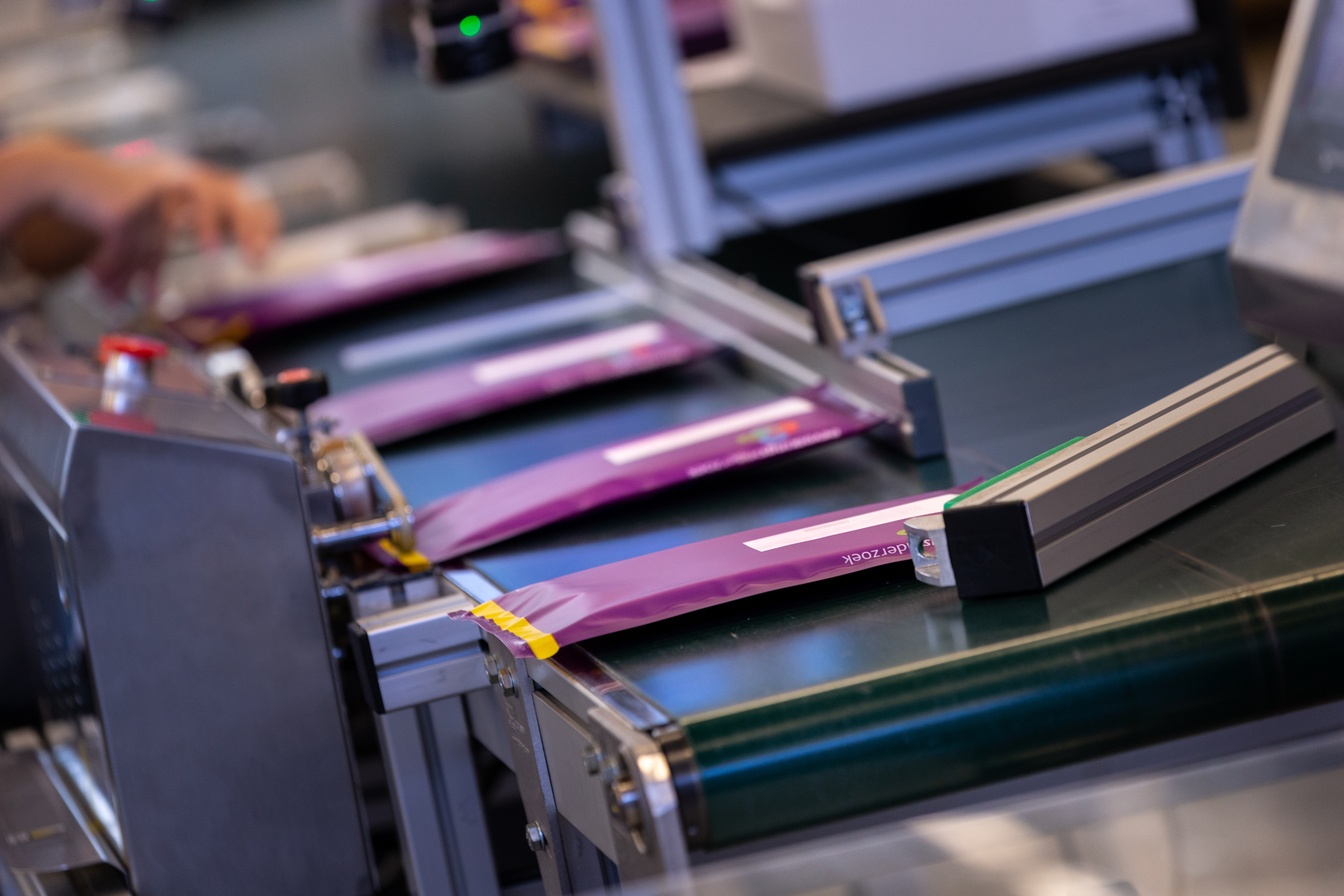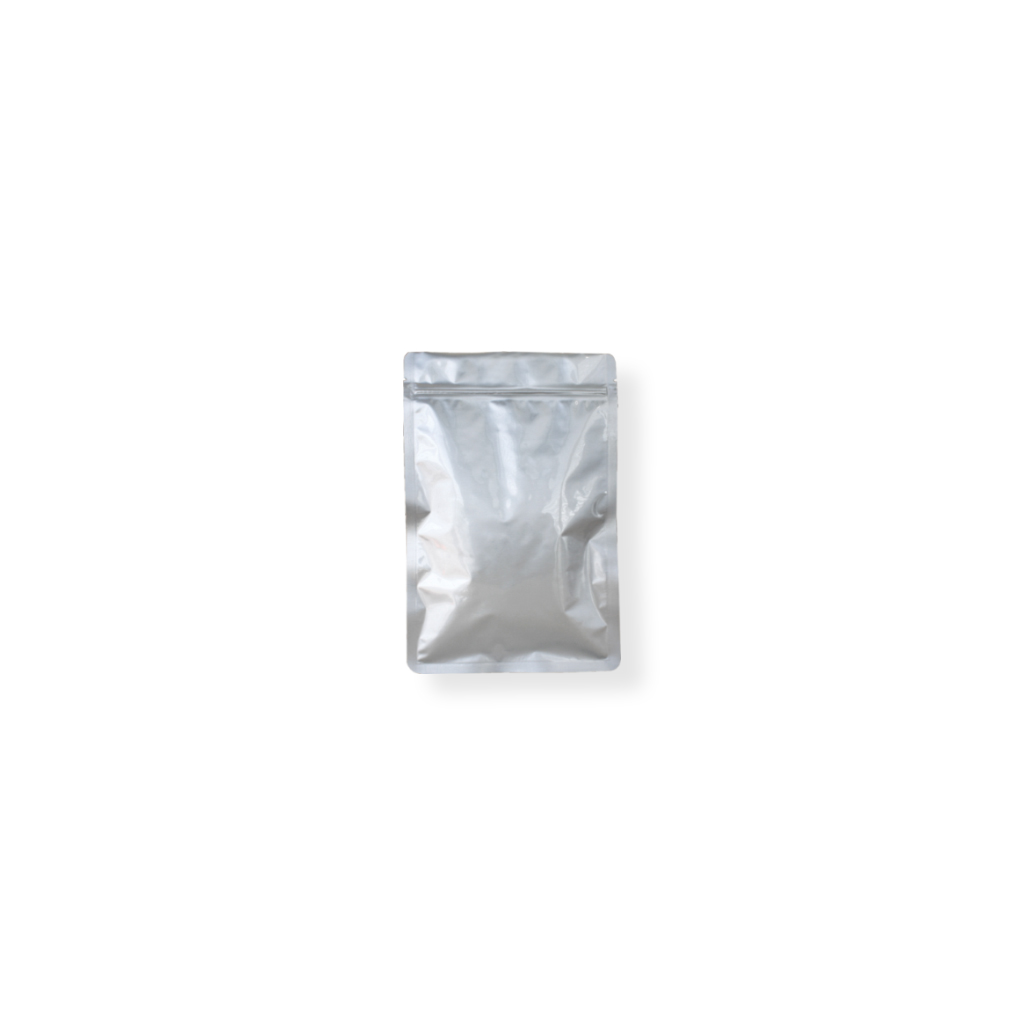


Introduction
In today's world, where sustainability is no longer just a buzzword but a necessity, the need for innovative packaging solutions has never been more critical. The rise of compostable packaging marks a significant shift in how we think about packaging materials and their impact on the environment. This article delves deep into the realm of compostable packaging, examining its benefits, applications, and future potential in various sectors, including food, retail, and medical industries.
Exploring Compostable Packaging: A Step Towards a Greener Future
Compostable packaging is designed to break down into natural substances like carbon dioxide, water, and biomass when subjected to composting conditions. Unlike traditional plastics that can take centuries to decompose, compostable materials offer an eco-friendly alternative that aligns with global sustainability goals.
What is Compostable Packaging?
Compostable packaging refers to materials made from organic matter that can be decomposed by microorganisms into nutrient-rich compost. These materials often include plant-based polymers such as polylactic acid (PLA), starch blends, or cellulose. They are engineered to disintegrate within specific periods under proper composting conditions.
The Importance of Sustainable Packaging Solutions
Sustainable packaging solutions aim to minimize environmental impact while maintaining functionality. In recent years, consumers have become increasingly aware of their ecological footprint. As a result, brands are being held accountable for their packaging choices.
Why Choose Compostable Over Traditional Packaging?
- Environmental Impact: Traditional plastic takes hundreds of years to degrade and contributes to pollution. Consumer Demand: Today’s consumers prefer companies that prioritize sustainability. Regulatory Compliance: Governments are enacting stricter regulations on single-use plastics globally.
Applications of Compostable Packaging
Compostable packaging finds its application across various sectors:
1. Food Packaging Pouch
Food safety and preservation are paramount in food packing solutions. Compostable food pouches ensure that products remain fresh while also being environmentally friendly.
2. Coffee Packaging
Specialized coffee pouch packaging is designed using compostable materials that protect the rich flavors while leaving behind minimal waste.
3. Wine Pouch Packaging
Wine enthusiasts can now enjoy their favorite beverages packaged in eco-conscious wine pouches made from compostable material.
4. Supplement Packaging
With health consciousness on the rise, supplement brands are shifting towards eco-friendly alternatives for their product packaging.
5. Liquid Packaging
Liquid products require robust yet sustainable solutions; hence compostable liquid packages are gaining traction for being both functional and eco-friendly.
6. Retail Packaging Solutions
Retailers increasingly opt for compostable bags and wrappers as they align with consumer values and reduce landfill contributions.
Benefits of Using Compostable Stand Up Pouches
Stand up pouch packaging has become popular due to its versatility and ease of use. Here’s why opting for compostable stand-up pouches makes sense:
Convenience: These pouches stand upright on shelves or counters for easy display. Space-efficient: They consume less space during transportation. Consumer Appeal: Eco-conscious consumers appreciate brands that prioritize sustainable options.Recycled vs Compostable Packaging: What’s the Difference?
While both recycled and compostable packaging aim to reduce waste, they operate differently:
| Feature | Recycled Packaging | Compostable Packaging | |--------------------------|---------------------------------------|----------------------------------------| | Decomposition Time | Can take years depending on material | Breaks down in months under ideal conditions | | Raw Materials | Made from post-consumer waste | Made from renewable resources | | End-of-life Solution | Reprocessed into new products | Converts back into natural elements |
Challenges Facing Compostable Packaging
Despite its numerous advantages, there are challenges associated with compostable packaging:
- Limited Infrastructure: Not all regions have suitable facilities for commercial composting. Misunderstanding: Consumers often confuse biodegradable with compostable materials. Cost Factor: Production costs can be higher compared to traditional plastic options.
Future Trends in Sustainable Packaging Solutions
As we move toward a greener future, several trends emerge in sustainable packaging solutions:
Innovative Materials: Research continues into developing new bioplastics derived from seaweed or agricultural waste. Circular Economy Models: Brands will increasingly adopt models emphasizing reuse and recycling alongside compostability. Government Policies: Stricter regulations will drive innovation in eco-friendly packaging designs.The Role of Companies in Promoting Compostability
Packaging companies play a crucial role in advancing sustainable practices through innovation:
- By investing in research & development for biodegradable materials. Educating consumers about proper disposal methods. Collaborating with policymakers on regulatory frameworks supporting sustainable practices.
FAQs
What types of materials are used in compostable packaging?
Compostable packaging typically utilizes plant-based polymers like PLA (polylactic acid), starch blends, or cellulose derived from wood pulp.
How does composting work?
Composting involves breaking down organic matter by microorganisms Custom Packaging into nutrient-rich soil over time under controlled conditions involving heat, moisture, and aeration.
Is all biodegradable material compostable?
No! While all compostables are biodegradable, not all biodegradable materials will break down properly in a commercial composter—some may require specific conditions not provided at home or local facilities.
Can I put compostable pouches in my home composter?
It depends on your home composter settings; some home systems may not reach the temperatures needed for complete breakdown as seen in commercial operations.
Are there certifications for compostability?
Yes! Look for certifications like ASTM D6400 or EN 13432 which indicate compliance with industry standards regarding biodegradability and disintegration.
How can businesses transition to using more sustainable packaging solutions?
Businesses should conduct assessments of current materials used; explore available sustainable alternatives; train staff about benefits; communicate changes transparently with customers!
Conclusion
In conclusion, exploring compostable packaging represents not only a step towards reducing waste but also signifies larger cultural shifts towards sustainability across industries—from food production to medical supplies. As businesses adapt their practices around these innovative solutions like stand up pouches wholesale or liquid packages made from renewable resources—consumer awareness grows alongside demand! By embracing this transition collectively—companies contribute significantly towards creating healthier ecosystems while meeting evolving consumer expectations!
The journey toward packaging sustainability is ongoing; we must continue pushing boundaries together until every product comes wrapped responsibly without compromising our planet's health!